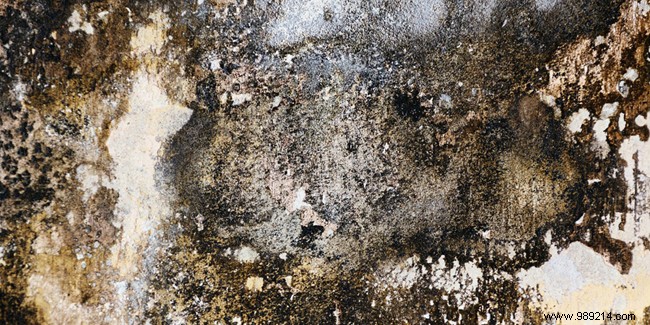If the saltpeter is not treated and contained in time, this very harmful substance combined with humidity can cause considerable damage to the walls. Hence the need to eliminate it from its first appearances.

Composed mainly of potassium, saltpetre or rock salt is a white or greyish substance which is deposited on the lower part of the interior walls of houses, more precisely on the foundations. Not exceeding one meter fifty, even for the most serious cases, these potassium nitrate residues do not attack the walls located upstairs.
Presenting itself in the form of small crystals, this mineral salt mainly invades places and rooms in buildings that are continually exposed to humidity, such as the septic tank or the cellar, for example. Stone, brick, cement, plaster and wood… No material is unfortunately spared. And generally, it is especially the old constructions that are the most affected, especially if the premises were once used as a barn or a dwelling place for animals.
As for its formation, it is the capillary rises that are singled out. This natural phenomenon is none other than the infiltration of underground water, rich in mineral salts, into the walls. Subsequently, once exposed to ambient air, stripped of its moisture and coming into contact with oxygen, potassium nitrate crystallizes into whitish deposits. The development of saltpeter is all the more favored if the room is poorly ventilated or constantly exposed to humidity, as is the case in the bathroom and kitchen, for example.
The first signs that suggest the presence of rock salt in a house are of course the invasion of whitish substances on the walls. However, under the effect of humidity, the saltpetre may come off the wall. This is why when you are faced with a detachment of the wallpaper, or in the event of the presence of fungi or crumbling of the plaster on the lower part, it is necessary to realize that the saltpetre is there.
Indeed, in addition to its very unsightly side, saltpetre crumbles and degrades the surface of the walls, thus causing the formation of cracks. In addition, the presence of this potassium salt is also a sign that the room is very humid. And the high humidity associated with the invasion of saltpeter can in the long term make the accommodation unsanitary. In large quantities, stone salts can also have health consequences since they are a source of allergies, respiratory problems and migraines.
The first behavior to adopt when you find yourself in front of saltpeter is to remove it from the wall without further delay by brushing all the areas concerned with a wire brush or a sander. However, until the moisture problem is corrected, potassium nitrate deposits will continue to appear, despite regular scraping and cleaning.
Once the walls have been completely rid of whitish substances, it can be covered with an anti-saltpeter coating or an anti-humidity paint. And now, the next step will be to find the right basic treatment to permanently eradicate the rising capillaries. It is strongly recommended that this responsibility be entrusted to a humidity professional. Only this service provider can effectively define the relevant and adequate solutions that best suit the problem of water infiltration.
Many possibilities can then arise. First there is drainage. As its name suggests, drainage will consist of stopping capillary rise by installing pipes in the ground that drain rainwater and groundwater. The second alternative is to isolate, but above all to protect the foundations of the building with waterproof barriers thanks to the injection of polymerizing products into the capillary channels. Finally, certain electromagnetic processes such as the drying of water in the ground are also very effective against humidity.